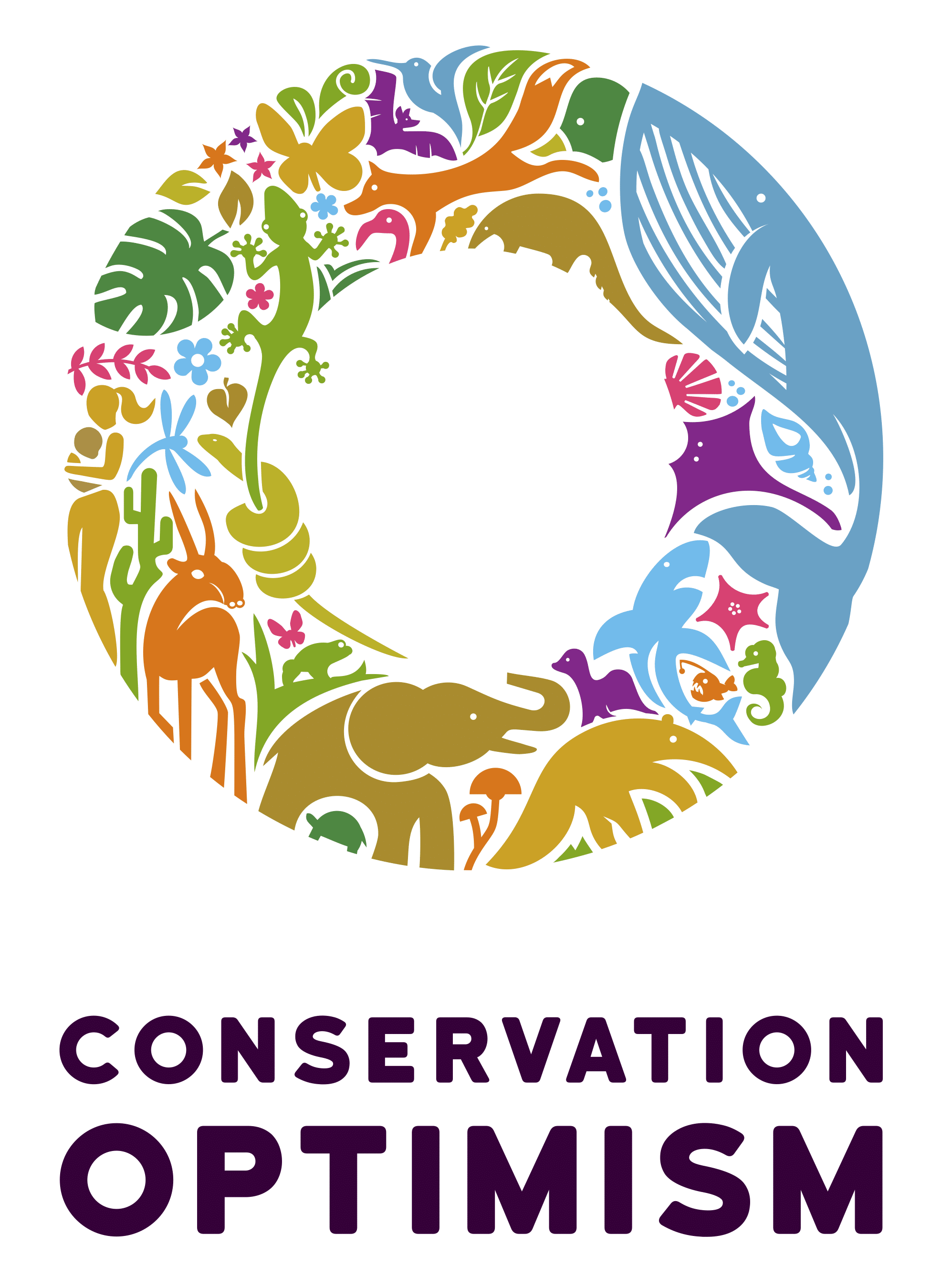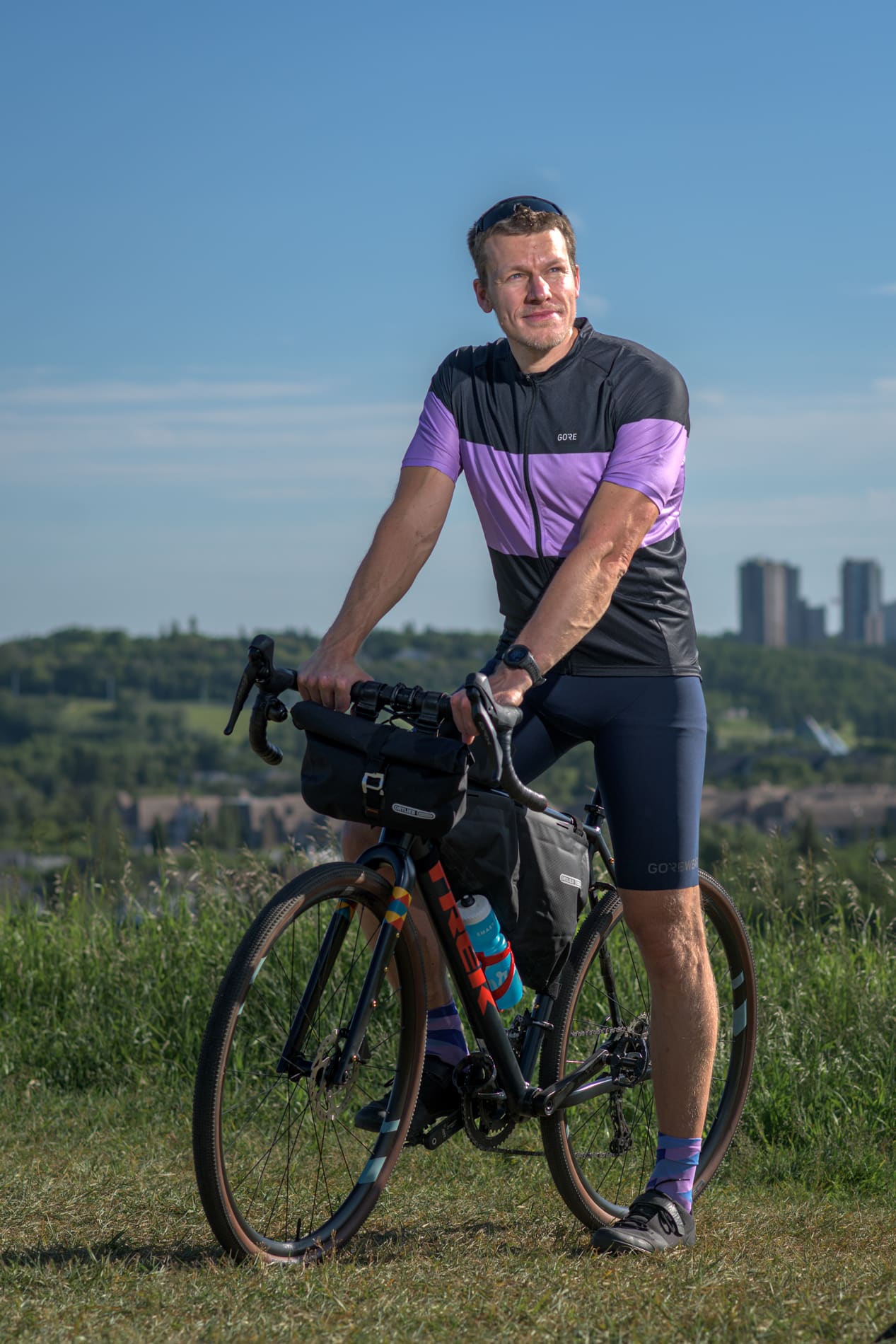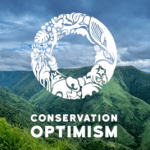As a young conservation scientist, I had the great privilege to call the rainforests of Borneo home: researching towards a PhD at the University of Western Australia, I spent nearly three years in a makeshift camp, immersed into an extraordinary biodiversity hotspot. With the support of Roy and Mamat, my wonderful local helpers, I studied the impact of forest fragmentation and conversion to oil palm plantations on native biota. Eventually, the findings were published in prestigious scientific magazines, foremost Nature. Highlights included the identification of ecosystem thresholds, indicating that lightly logged forests retain high conservation value and functional health, while heavily degraded forests likely require expensive measures to recover their biodiversity value. At the time, I was convinced that our tireless efforts would lead to policy changes and greater protection of these precious ecosystems that I deeply cared about. I was committed to help safeguard the orangutans, pygmy elephants and clouded leopards who had given me so much joy and energy to embrace the tremendous challenges of tropical field research.



Left: Timm and his local research assistants at the Sakaerat Environmental Research Station in Northeastern Thailand; Center: an angle-head lizard observed during night-spotting (© Timm Döbert); Right: Roy, Mamat and Timm returning from a day of fieldwork (©Moritz Döbert)
Originally from Germany, I had left Europe in my early twenties to pursue an MSc in Ecology at the University of Otago in New Zealand. In fact, my decision to study ecology – rather than sports science – had largely been inspired by an earlier backpacking trip across ‘the land of the long white cloud’. After learning about island biogeography and devouring David Quammen’s ‘The Song of the Dodo’ as an ecology undergraduate student in Germany, I dreamt of returning to New Zealand for a postgraduate degree. Classes ranging from Conservation Biology to the Ecology of Adventure continue to influence my journey to this day. Thanks to Dr. Katharine Dickinson, my fabulous supervisor, I was given the opportunity to conduct my MSc research in Thailand, investigating the natural regeneration of fire-adapted dry forests. The ecology of these savannah-resembling ecosystems is strongly shaped by the seasonality of monsoonal rains and home to amazing wildlife. With only pockets of this naturally widespread forest type remaining, I was motivated by making a difference for their protection and restoration.
Following over a decade in the Asia-Pacific region, I was ready to explore a different part of the world. As a postdoctoral fellow, I joined a team of researchers at the University of Alberta in Western Canada, to study biodiversity and carbon dynamics in prairie grasslands. The importance of intact grasslands is generally undervalued and the majority has been turned into agricultural lands or is used for grazing domestic animals. In fact, the central objective of this research was to compare a broad spectrum of rotational cattle grazing practices in their ability to draw carbon dioxide into the soil to lessen global heating. Importantly though, we did not account for methane emission from animal guts, a much more potent climate warming gas. While grassland soil sequestration rates cannot offset methane emissions from domestic grazers, protecting grasslands is essential for keeping carbon locked up in the ground.



Left: an iconic Adirondack red chair symbolising Canada’s National Parks system; Center: the raw beauty of rare native prairie grassland in western Canada; Right: the majestic plains bison once roamed North America’s plains in the millions (© Timm Döbert)
Throughout my postdoc, I became increasingly frustrated about my inability to bridge the gap between my core motivation to do good for the planet and the tangible impact I was having as an academic scholar. The passion and drive for protecting wilderness that had inspired me through my journey as a conservation scientist, was starting to give way to the realisation that I was not living up to my ambitions. For years I had pondered how I could maximise my positive impact for the planet. It was not until I came across a map of the global migratory flyways, the corridors traversed by billions of birds on their seasonal migrations, that I suddenly discovered a new path in my life’s journey. I thought: why not traverse these flyways, blending my passion for nature conservation, scientific exploration, outdoor adventure and endurance sports into a powerful narrative.
Migratory birds are arguably the greatest ‘athletes’ on the planet. The physiological capabilities that support long-distance migrations are absolutely mind-boggling, exceeding the wildest dreams of human potential. Imagine deliberately adapting the size of your respiratory or digestive system to match your predominant activity during a certain phase of your life-cycle! As I dived into the literature, I began to fully understand the scale of global migrations and our human impact on this delicate evolutionary phenomenon. At the same time, I realized the tremendous opportunity for storytelling and winning fresh audiences for the cause of nature. The late Thomas Lovejoy, ‘godfather of biodiversity’, once said: “If you take care of birds, you take care of most of the environmental problems in the world.” Knowing what I know now, I couldn’t agree more. Direct descendants of dinosaurs, birds connect hemispheres, continents, countries and communities, unlike any other group of organisms. Birds are the tapestry of life across time and space, messengers of hope in times of great uncertainty and change.
Ever since this life-changing moment in mid-2021, I have been developing the concept for an expedition trilogy called Wings of Survival. The aim of this sports for nature initiative is to inspire and empower people to help protect, conserve, restore, and rewild 30% of the planet by 2030, with my superb exploration partner Leanna Carriere. Leanna was Canada’s first female decathlete, and continues to express her athletic nature through ultra-endurance feats. When I met her, she was hopeful to set a female-first cycling record for the Pan-American Highway, a route that largely overlaps with the Pacific Americas Flyway. For Leanna, it was a no-brainer to shift her focus from a personal record to creating positive impact for the planet. Starting June 2026, Leanna and I will cycle 30,000km from Alaska’s High Arctic to Tierra del Fuego in Patagonia, following the epic migrations of whimbrels on the maiden Wings of Survival expedition. These threatened shorebirds commit to some of the longest migrations in the animal kingdom, and we want to tell their stories through the bird’s eye view.
The aim of this sports for nature initiative is to inspire and empower people to help protect, conserve, restore, and rewild 30% of the planet by 2030. Starting June 2026, endurance athlete Leanna Carriere and I will cycle 30,000km from Alaska’s High Arctic to Tierra del Fuego in Patagonia, following the epic migrations of whimbrels across the Pacific Americas Flyway. These threatened shorebirds commit to some of the longest migrations in the animal kingdom, and we want to tell their stories through the bird’s eye view.
Along the journey, we will engage with local communities from all 15 countries, to showcase the tireless conservation efforts of so many individuals and organisations, united by the passion for a thriving planet. To that end, we have teamed up with international film producers who will bring the Wings of Survival story to global audiences: the teaser and demo can be watched here. A virtual adventure platform will enable people from around the world to come explore with the whimbrels and us, as we brave the varied challenges across the flyway. After all, people only protect what they care about, and storytelling is the key to unlock improved planetary stewardship.
In preparation for Wings of Survival, Leanna and cycled 4,500km coast-to-coast across Canada in 2024, to better understand the logistics and adapt to the challenges of ultra- endurance cycling expeditions. Along the 30-day journey, we visited 30 key biodiversity areas, representing a diversity in ecosystems of high conservation priority. Framed as a 30×30 challenge, our goal was to help introduce the UN 30×30 Biodiversity Target to Canadians. This global agenda calls for the conservation and restoration of 30% of the world’s lands and oceans by 2030, to improve planetary and human health.


Left: Timm on top of the Col du Tourmalet pass during his traverse of the Pyrenees from Atlantic to Mediterranean; Right: world map of the Wings of Survival trilogy of expeditions (© Timm Döbert);
As a conservation scientist, I am well-aware of the detrimental impacts of animal agriculture on the planet. We therefore work with sport and nutrition scientists who investigate our performance and resilience as plant-based athletes. The data from our Canada30x30 ride are positive throughout and the first manuscript was recently submitted for publication in a peer-reviewed sports physiology journal.
In the summer of 2025, Leanna and I will once again ride 4,500km across Canada. This time, a south-to-north traverse from the southern Prairies of Grasslands National Park to the coast of the Arctic Ocean at Tuktoyaktuk. On this ride, we will focus on the inseparable connection between healthy nature and human well-being, illustrated through the rapid decline of bird populations on the continent.



Left: Leanna and Timm on their 30-day crossing of Canada from Atlantic to Pacific (© Bill Ault); Center: Timm with a Scientific Exploration Society flag prior to the Canada30x30 ride (© CADS Photography); Right: sport scientific testing at the Athlete Health Lab at the University of Alberta (© Leanna Carriere)
The Wings of Survival initiative has evolved from a ‘crazy’ idea into a powerful movement, fuelling optimism for a vibrant biosphere with thriving ecosystems. To maximise our potential as catalysts for a grander purpose, support is essential. As we continue to grow our partnership network, we invite you to become part of this story, as a follower spreading the word, or a financial supporter leveraging our ability to create lasting impact.
- Donate to directly help the Wings of Survival project stay afloat: https://www.gofundme.com/f/wings-of-survival-expedition
- Donate to the Wings of Survival project’s chosen charity fundraiser, Wilderness International: Timm Döbert Community Forest | Wilderness International
Timm can also be found at:
- IG: @wingsofsurvival, @sportecologist
- Website: www.wingsofsurvival.com


